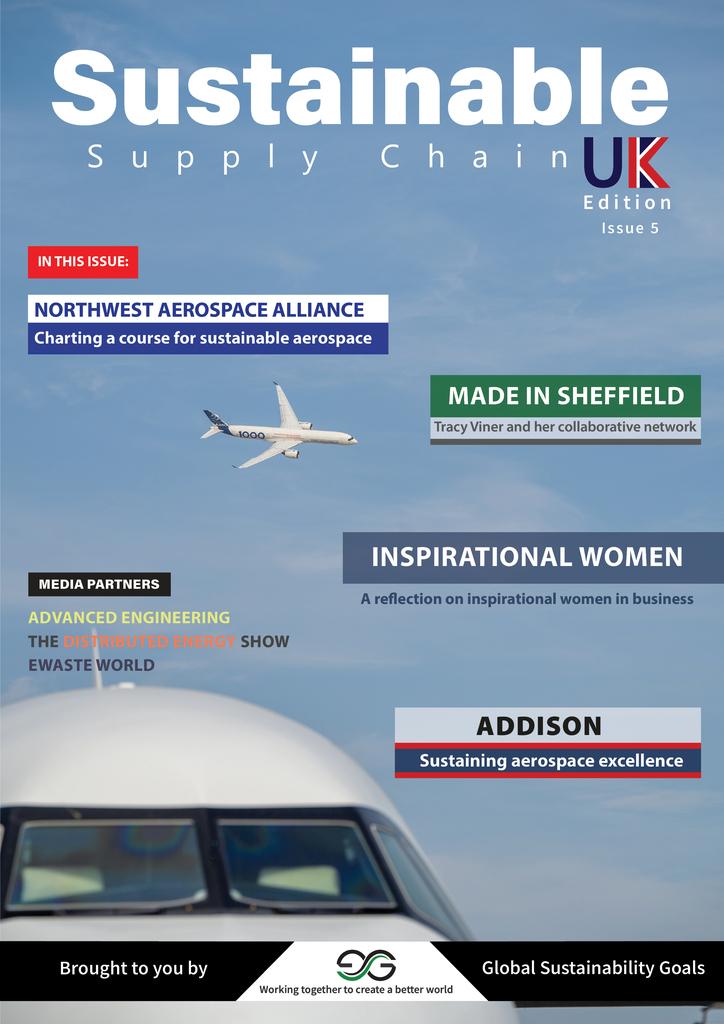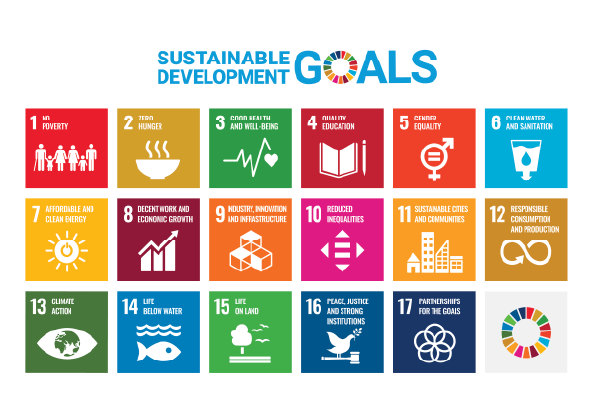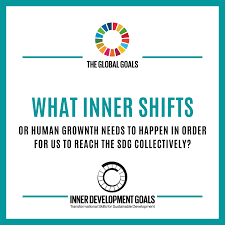Rethinking Green Steel: Celebrating the Sustainable Strength of Stainless Steel

In recent years, the term “green steel” has emerged as a buzzword in the environmental and industrial sectors. It refers to steel produced using methods that significantly reduce carbon emissions compared to traditional steel-making processes. While the intention behind green steel is commendable, I take issue with the term itself. Steel, as a material, already boasts impressive recycling credentials and sustainability. Branding a subset of it as “green” suggests that the rest of steel production is inherently unsustainable, which is misleading.
Understanding Green Steel
Green steel primarily focuses on reducing the carbon footprint of steel production. Traditional steel manufacturing is highly energy-intensive, relying on coal-fired blast furnaces that emit significant amounts of CO2. Green steel, on the other hand, utilizes alternative methods such as hydrogen-based direct reduction or electric arc furnaces powered by renewable energy sources. These methods can dramatically cut emissions, aligning with global efforts to combat climate change.
Benefits of Green Steel
1. Environmental Impact: The most obvious benefit is the reduction in greenhouse gas emissions. By using hydrogen or renewable energy, green steel production can slash CO2 emissions by up to 90% compared to conventional methods.
2. Sustainability: Green steel supports the transition to a more sustainable economy by promoting the use of renewable resources and reducing reliance on fossil fuels.
3. Innovation and Leadership: Companies investing in green steel technologies position themselves as leaders in innovation and environmental stewardship, potentially gaining a competitive edge in the market.

Challenges and Concerns
Despite its benefits, green steel faces several challenges that need to be addressed
1. Supply and Demand Issues: The demand for green steel is growing, driven by stricter environmental regulations and consumer preference for sustainable products. However, the supply is currently limited due to the nascent stage of green steel technologies. This imbalance can lead to volatility in prices and availability, complicating supply chain management.
2. Stock and Investment Risks: Companies holding stock of green steel might face uncertainties. If new, more efficient technologies emerge or if the demand fluctuates, the stock they hold could lose value. Additionally, the high initial investment required for green steel production can be a deterrent for widespread adoption.
3. Recyclable Steel Availability: Traditional steel is one of the most recyclable materials, with a recycling rate of over 85%. The shift towards green steel, which heavily relies on recycled materials, could strain the supply of scrap steel. This situation could lead to a shortage, driving up costs and impacting other sectors that depend on recycled steel, such as stainless steel manufacturing. Stainless steel typically contains around 60% recycled content, and a diversion of scrap steel to green steel production could compromise its availability and affordability.
4. Economic Viability: The production of green steel is currently more expensive than conventional methods. Until economies of scale are achieved, and production costs decrease, green steel might remain a niche product, accessible only to a limited market willing to pay a premium for sustainability.

Green steel represents a significant advancement in reducing the environmental impact of steel production. However, labelling it “green” implies that traditional steel is inherently unsustainable, which is misleading. Steel is one of the most recyclable materials in the world, with a recycling rate exceeding 85%. This high recyclability, coupled with its durability and versatility, makes traditional steel already a crucial component in sustainable manufacturing.
The transition to green steel should be viewed as an evolution rather than a revolution in the industry. Green steel can reduce carbon emissions by up to 90%, but this advancement must be balanced with the current strengths of traditional steel. The industry faces challenges such as supply and demand imbalances, stock management risks, and the limited availability of recyclable steel. For instance, the demand for green steel could strain the supply of scrap steel, which is essential for producing stainless steel—a material that typically contains about 60% recycled content.
To successfully integrate green steel into the market without negatively impacting other sectors, a comprehensive and collaborative approach is essential. Innovations in green steel should complement rather than compete with the existing recycling processes that make stainless steel and other steel products so sustainable.
Ultimately, the success of green steel will depend on our ability to adopt sustainable practices while maintaining the valuable qualities of steel. By doing so, we can ensure that the industry continues to thrive and support a sustainable future.








